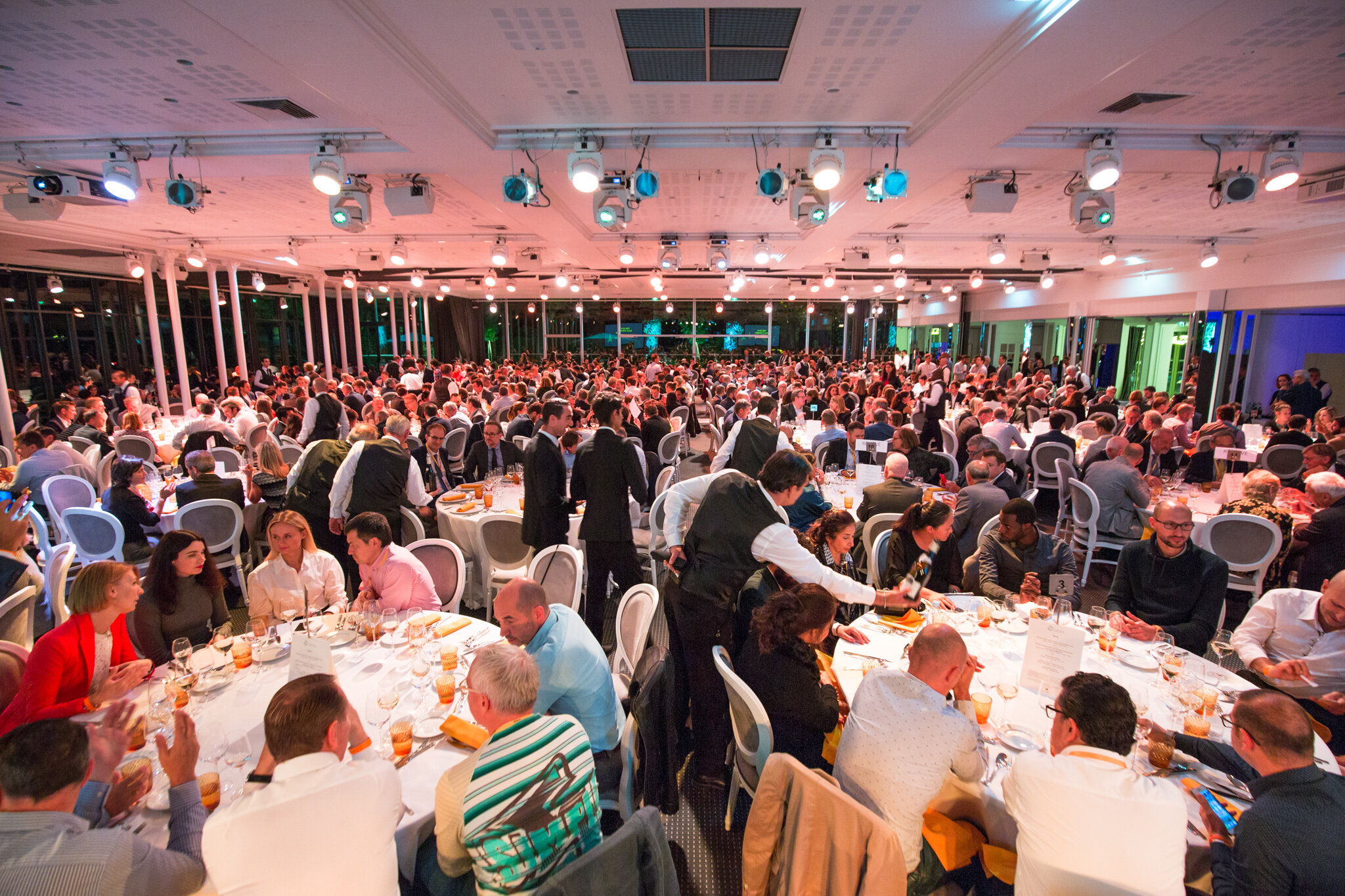Whilst urgencies can occur when you simply don’t have time to shop around for a creative professional, in most cases, you’ll be planning your photo shoot or event coverage well in advance, so take the time to find out who is right for both you and the task at hand.
CHOOSING THE RIGHT PROFESSIONAL FOR YOUR PHOTOGRAPHY GOALS
The pointers below are recommendations - for both business and private clients alike - to help you find the right a creative professional for you. To book a photography service involves investing both your money and time, and placing your trust in a service to effectively capture often unique, never-to-be-repeated, moments. By taking the following pieces of advice into account, you will book a photographer whose work will meet you expectations and, importantly, who you’ll be happy working with; you’ll look forward to receiving the final images already certain of their quality (rather than crossing your fingers) and have positive memories of the process of capturing them.
Find the Style that Suits You
The most important point first; if you’re contacting professionals without having taken the time to properly view their work, then you really risk wasting time. Only once you’ve gone through a photographer’s portfolio and been convinced that their approach will suit your requirements and meet your expectations should you contact them.
For portrait and lifestyle - arguably the two genres where compositional, technical and retouch approaches can differ the most dramatically between photographers - I’ll sometimes received requests from both private and business clients alike referencing the work of photographers they’ve previously worked with or even found online. Whilst this is helpful in terms of communicating preferences for composition, requesting or expecting that a photographer match the style of another, will only lead to disappointment; any experienced creative professional will have developed their own unique style, so find the one that suits you, then go from there.
Know Exactly Who You will be Working With
The creative process is a lot more than just the taking of photographs; it includes all aspects of the service your hiring, from the initial correspondence; the reservation process; the planning; the execution; the retouch; the submission of the final materials; and, importantly, any supplementary requests you may have. Creative services - like so many other consumer services today - are increasingly offered by larger media, event or tourism providers who - rather than working with their own dedicated, collective, on-site team - will call upon a pool of various freelancers to deal with your request. For your complete satisfaction (not to mention your peace of mind), make sure that exactly the same individual or team is responsable for all aspects of the process to ensure that both the quality and look of the deliverables is not only consistent, but tailored to the exact requirements you’ll outline throughout your correspondence.
If You’ve a Budget, Find the Best Value Option, NOT the Cheapest
How much you can or are willing to invest in photographic services will depend on the importance of the photographs you’ll receive. Whether you’re a private client booking wedding photography or an enterprise requiring complete coverage of an important corporate event, remember: you will only get one opportunity at getting the visual memories you want. Therefore, when you’re faced with the uncertainty of the cheapest solution and the reliability of the best value solution, it’s always worth paying that little bit more.
Only Accept Truly Professional Equipment
Whilst this may seem a no-brainer, you would be surprised at the equipment many commissioned photographers shoot with. Don’t get me wrong, if you’re a private client and you’ve found a photographer whose portfolio you absolutely love and you’re only going to be viewing the images on a small screen then perhaps their equipment can be disregarded. However, if you’re a business paying good money for a creative services, you should expect nothing less than a truly professional camera and lens set up. Whilst equipment will always be of secondary importance to a photographer’s ability, there are simply numerous situations (such as low-light environments) where capturing images with anything less than a professional lens is altogether impossible.
I openly advertise what equipment I use, because I see that as being essential information. If a photographer you are considering makes no mention of their camera and lenses on their website, I would strongly recommend you request this information from them.
Look for a Comprehensive Portfolio
Whether for photography, videography, or any other creative domain, I would never hire a professional based purely on having seen a short best-of slideshow. As a paying customer, it’s imperative that you are able to view extensive examples of photographs from various related assignments. This will give you a clear idea as to what to really expect from hiring a particular professional, so as to be assured that - whether you’re paying for 20 or 500 photographs - you’ll be happy with every image, and not just a select few.
Really look at the Quality of a photographer’s work
Whilst the suitability of a photographer's particular style is the single most important factor, if you are planning to use the final photographs in a professional context, whether online or print, it is absolutely essential you taking a closer look specifically at the technical quality of their published images.
Sharpness
I would only consider a portfolio that displays images at a large size, as you cannot accurately determine the quality of an image based on a thumbnail or smaller preview. A photograph that appears sharp at a small resolution, can well turn out to be unfocused when cropped or printed. If the preview images in a photographer's portfolio are too small for you to access this, that's problem; a thumbnail can suggest a great composition, but can also conceal technical errors.
Consistency
This is the main reason why being able to see comprehensive examples of complete assignments is so fundamental. The photographs you receive should consistent in appearance (colour balance, contrast, exposure etc), so that when viewed together, you can tell immediate they are from a professional contributor and not a mishmash of found images. Consistency is the very reason you have hired a specific photographer.
Assure the validity of recommendations
Their is nothing more reassuring than receiving an authentic, first-hand recommendation for a creative professional i.e. an endorsement received from a trustworthy source that has already worked with the same service provider. Whilst private recommendations - i.e. a personal contacts - can certain reassure in terms of personability, they give zero assurance of the advertised professional’s ability to carry out the task in question.
If you require professional photographs for a business context (where quality is everything), I cannot impress upon you enough the need to be cautious of this. When covering many a corporate event in Paris, I’ve sometimes had to work with both photographers and videographers alike that were hired by the organiser purely based on private recommendations of their (or a partner’s) staff members. In such cases the results have often been not only only unprofessional, but in certain cases totally unusable; when you’re relying on, coordinating and paying somebody to capture important and unique moments, I don’t need to highlight the gravity of this.
If You’re a Business, Look at their Clients
Although the type of assignment itself may be unrelated, as an enterprise, it’s reassuring when you can see a photographer has already worked with companies of the same caliber and profile (e.g. high-level, international, tech. etc). If a portfolio contains comprehensive and legitimate examples of assignments completed for multiple, renowned clients, that can only be a good sign.
THE KEY TIP ABOUT PICKING A PHOTOGRAPHER
To conclude, if there is one takeaway from the above advice, it’s that when choosing a professional photographer, you should never rely on a single aspect of their work or profile: take the time, do the research, and hire the right person for the job.
Q) Quality isn’t important, we simply want some snaps captured by a third-party and are looking for the cheapest possible option.
I would recommend you put a private advertisement up for a student or amateur photographer. It is not worth you investing in professional photography.
Q) We want a photographer whose style really suits our needs.
Take the time to visit local photographers’ websites and scrutinise their portfolios until you’ve found the one that’s right for you. The best advice I could ever give.
Q) We are looking for the best value for money Paris photographer.
Q) We’d prefer a native English speaking photographer.
Q) We need someone fluent in several languages for international guests.
Q) We need someone that can provide a very fast turnaround time.
Q) We need someone versatile, experienced and well-recommended.
Q) We’d prefer to work directly with an independent freelancer to guarantee consistent quality.










